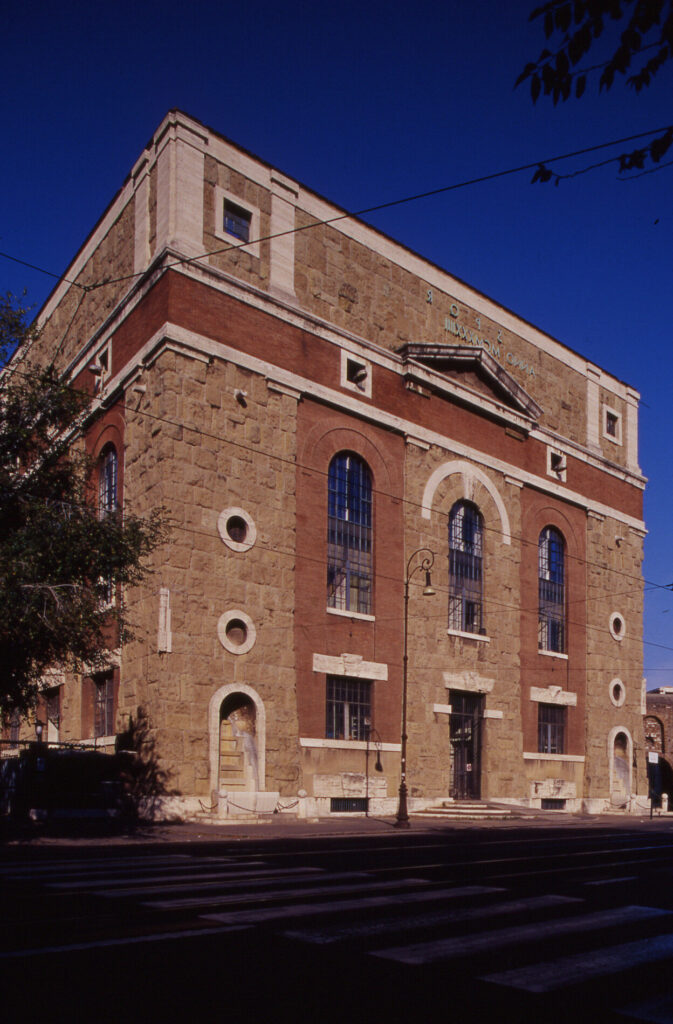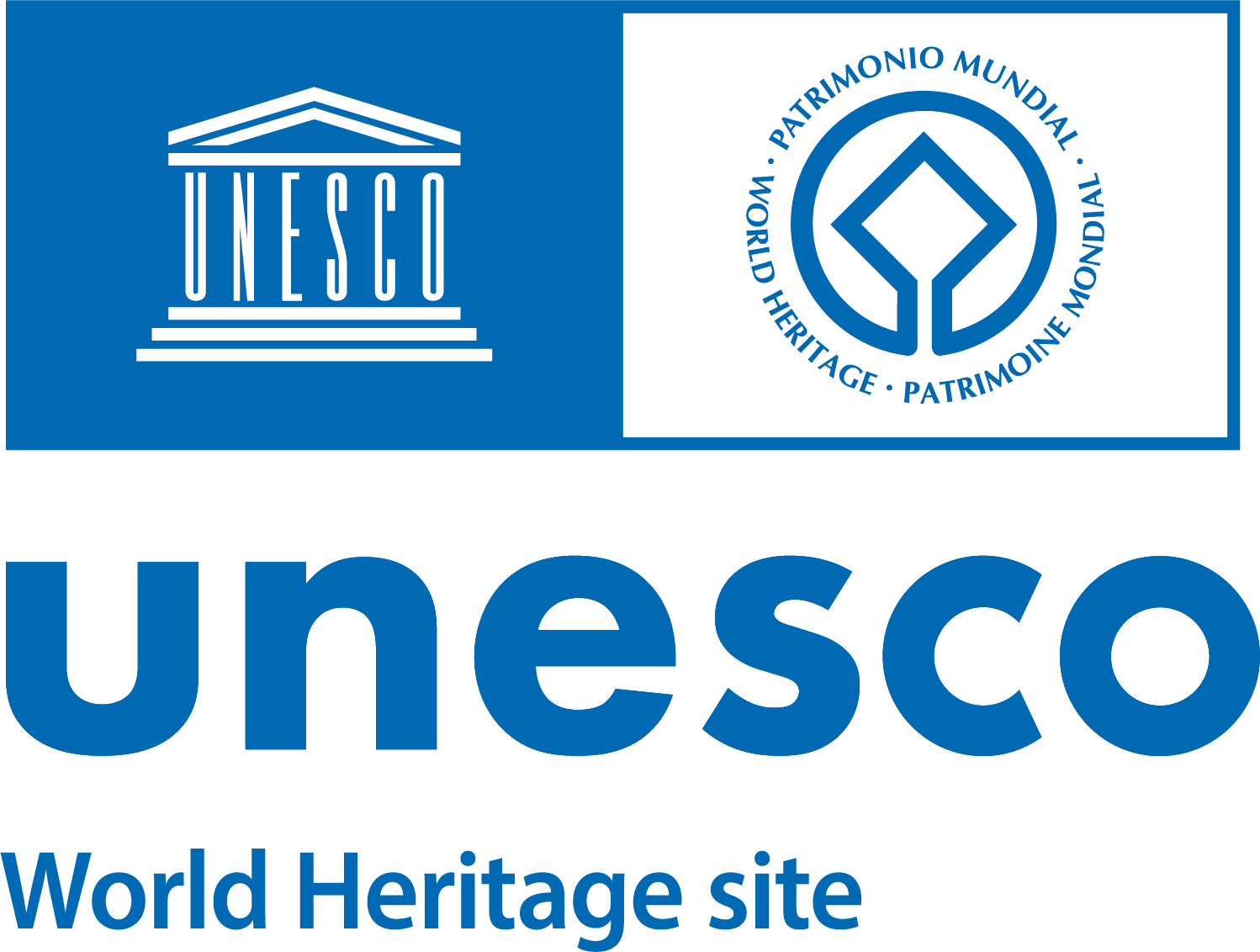On Via Eleniana, between Porta Maggiore and the basilica of Santa Croce in Gerusalemme, a water reservoir was erected in 1933, based on a design by architect Raffaele de Vico. The construction of the cistern was part of a programme to reorganise the city’s water systems, aimed at cleaning the streets and watering the public parks. The cistern, fed by the Pio Marcio aqueduct and with a capacity of 2000 cubic metres of water, was supposed to serve the Appio-Latino, Prenestino-Labicano, Tuscolano and Tiburtino districts, covering a total area of 140,000 square metres. The work was entrusted to the company of engineer Rodolfo Stoelker, specialised in the construction of reinforced concrete plants. Once the work on the technical equipment was completed, de Vico began the construction of the “collection tank”, inspired by architectural and decorative elements taken from the nearby Porta Maggiore and the tomb of the baker Eurisace. De Vico also eventually designed two travertine lictor fasces placed on the corners of the main elevation, which were removed when the fascist regime fell.



